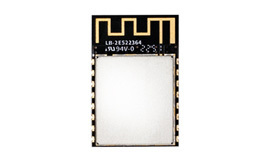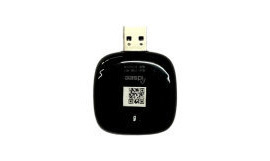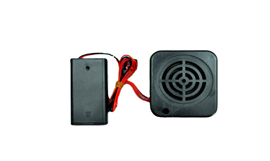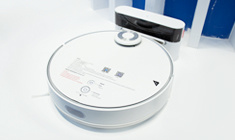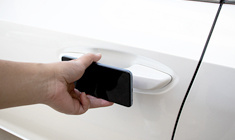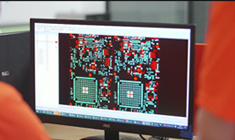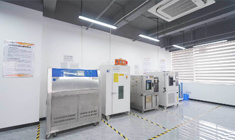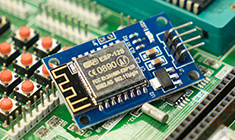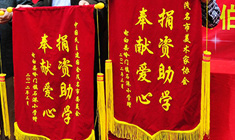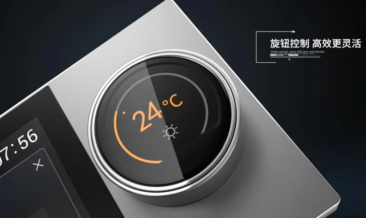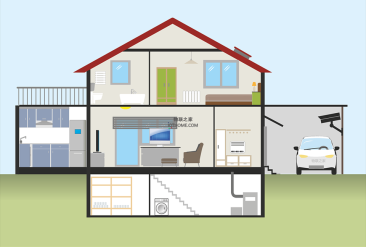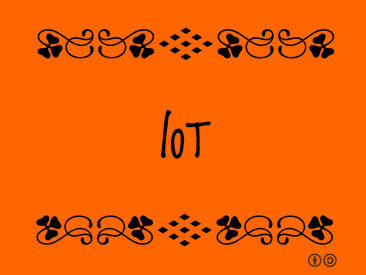
5 ways the Internet of Things will change the way we respond to disasters
Release Time:
2021-07-03
The adoption of Internet of Things technology is growing explosively. It is now used in many industries, from retail to healthcare, to boost operations and greatly improve the experience for employees, customers and suppliers.Which begs the question, what's the next stage? Where will the Interne
The adoption of Internet of Things technology is growing explosively. It is now used in many industries, from retail to healthcare, to boost operations and greatly improve the experience for employees, customers and suppliers.
Which begs the question, what's the next stage? Where will the Internet of Things and similar technologies make an impact next?
The answer is disaster recovery and response, and it's becoming more common in the current climate. The Internet of Things can predict potential emergencies in real time and alert those who need them.
1. Prepare for impact
Earthquakes don't happen randomly, especially big ones. They all have a lot of warning signs before they happen, because ground motion tends to accelerate. Iot sensors developed specifically to monitor certain types of ground movement can help tell when an earthquake is coming.
Because smaller movements tend to happen only before big shockwaves, we're not talking about days or even hours of warning time. The alarm will only appear a few seconds to a minute or two before, but that's enough to warrant a response. Iot solutions can identify these movements and send automatic alerts to local people, and even take action in some cases, such as shutting down smart factories.
Transport and infrastructure can be stopped (e.g. elevators) and businesses can temporarily shut down or suspend operations.
The same technology system can also be applied to other disasters, such as hurricanes, tornadoes, floods, etc.
2. Public readiness
There are many things people should and shouldn't do before, during and after a natural disaster. Even the most experienced survival professionals don't have all the information and guidance they need to stay safe. Self-animal-connected systems can send alerts, news and other digital resources to keep people informed.
Mobile updates can provide tracking information about disasters, such as where a tornado touched down. Updates can also explain how to be safe, where to go, or how to handle events. In addition, they provide location and resource tips for finding shelter or supplies.
3. Real-time monitoring
Imagine a massive hurricane hitting the Southeast, causing flooding, power outages, and wind damage. Residents can send text messages to a hotline or resource number to receive real-time and up-to-date alerts about what is happening around them. This setting provides several benefits. First, people can stay in safe places; Next, they can stay informed and aware of what is going on; Finally, they can use the information provided to act.
The system may tell them when flooding occurs in their area and when they should flee to higher ground. It could even help emergency responders by collecting location and situational data.
These systems are powered by the Internet of Things and associated sensors, which collect information in real time and then distribute it to the necessary platforms and parties.
5. Facilitate the responsiveness of autonomous vehicles
For some disasters, a manual response is not reasonable or possible, and it may be too dangerous. Autonomous vehicles or drones on land, sea and air could fill the gap. As with everything related to the Internet of Things, this technology can automate everything from location and demographics to appropriate response times.
For example, by sending a quick text message to a central system, it might activate a local emergency response drone to deliver bandages, food or other supplies. Large vehicles can even provide safe transportation. Imagine using autonomous boats during a flood to bring people stranded in a local area back to shelter.
5. Fire suppression with technology
Some experts suggest using Internet-of-Things sensors mounted on trees to monitor environmental factors such as humidity, carbon dioxide and carbon monoxide. When there is a fire, the readings can change dramatically, so the sensor can be used as an early monitoring system. Automated data collection and relaying can help local firefighters respond faster. This is a great example of how the Internet of Things can improve incident response times and provide faster recovery.
Many of these technologies already exist and are in place. This is an ongoing sport, and technology will grow in power and capability over time. Moreover, we've only just scratched the surface in terms of realizing the full potential of the Internet of Things!
Reprinted in the House of Things

Guangdong Joinet IOT Technology Co.,Ltd
Manufacturing Base:
Joinet Technology Park,No. 168 Tanlong North Road,Tanzhou Town,Zhongshan City,Guangdong Province,China
Pre Sales Hotline:19966308713 13823973022
Switchboard:0760-8663 0003 (transferred) 523
Pre Sales Email:sw@znaiot.com

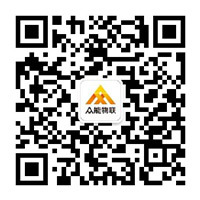
Contact Us:
Looking forward to your call anytime



